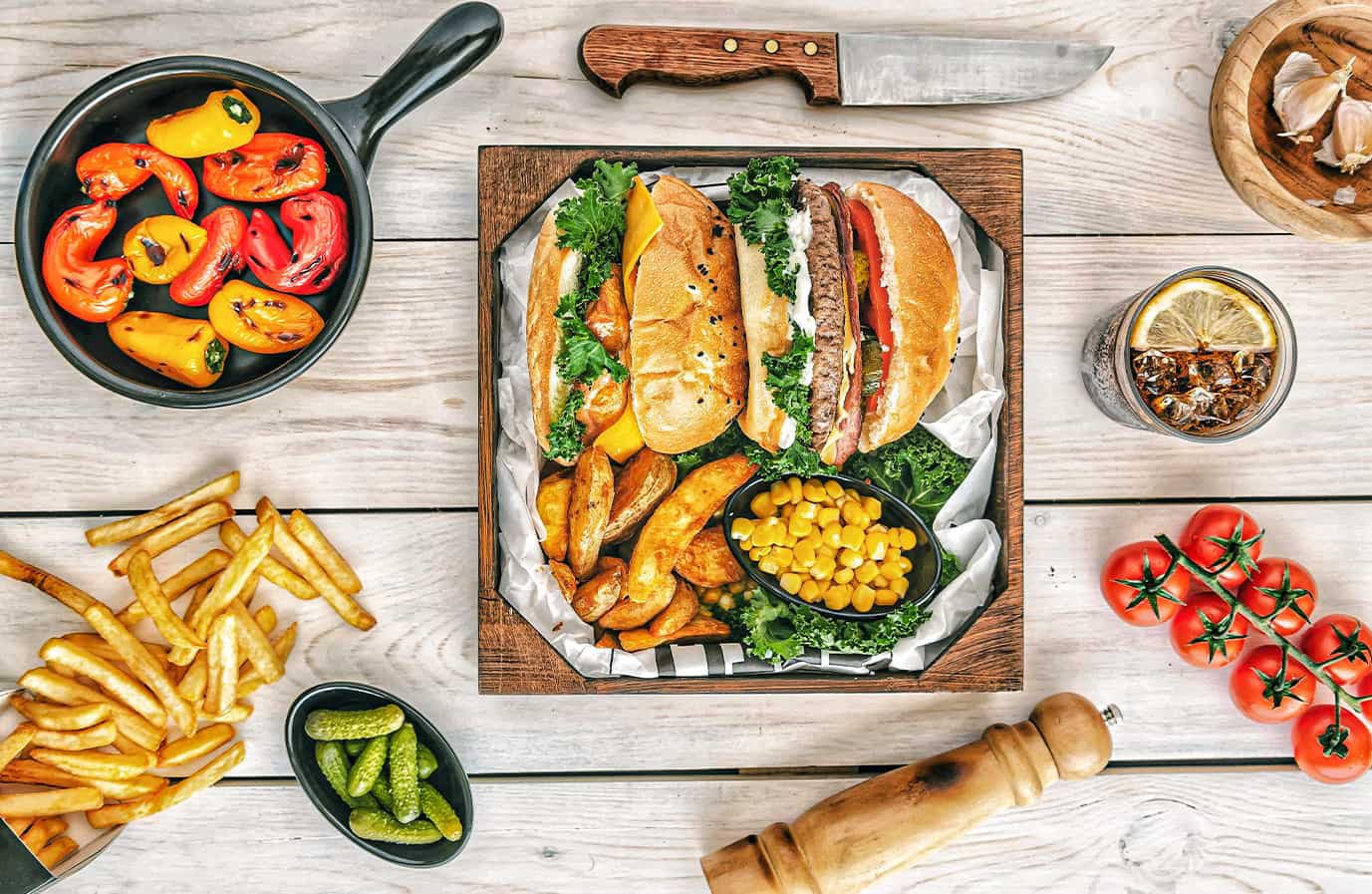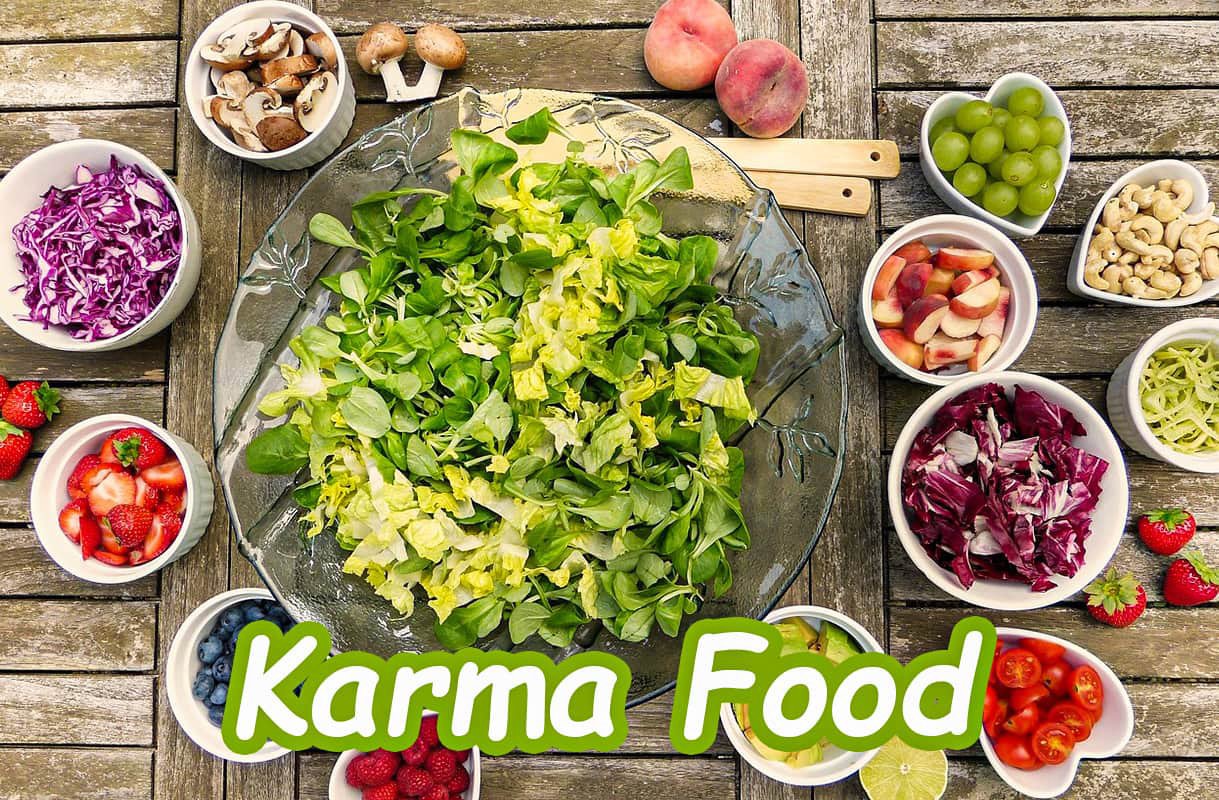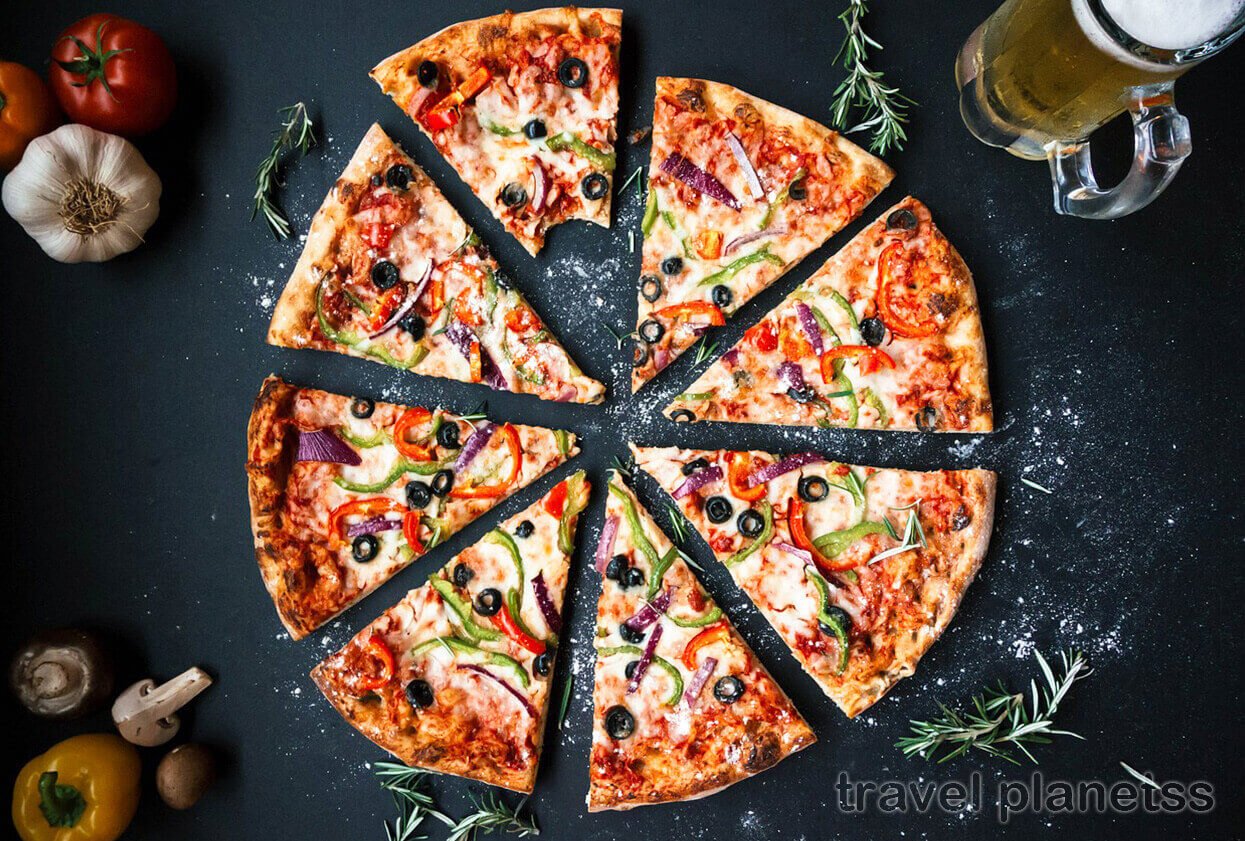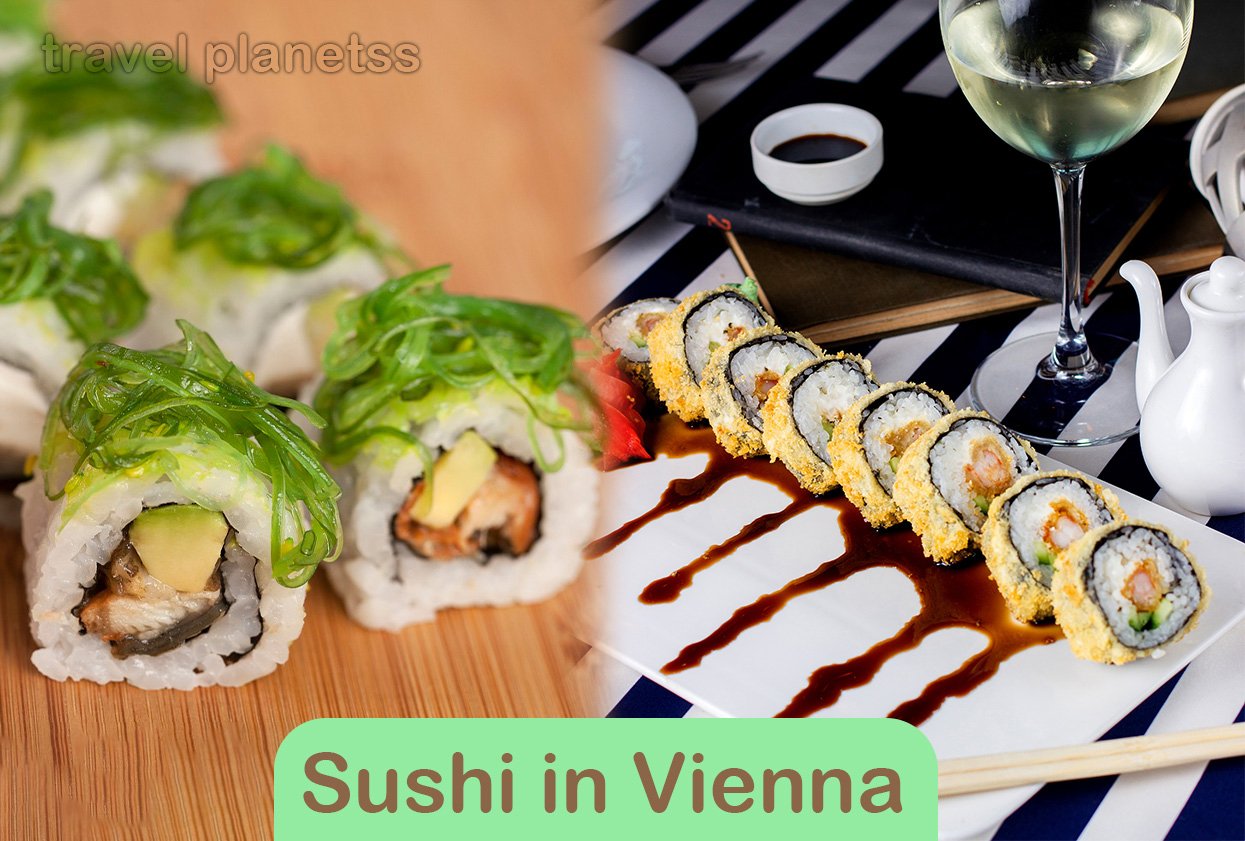Food is imperative in Austrian culture. It brings individuals together and celebrates life. Austrians take much pride in their culinary legacy. Numerous formulas were passed down through eras. Eating is not fair for food. It’s a key portion of social life and neighborliness. Individuals frequently appreciate dinners with family and companions. They have enthusiastic discussion and a warm, inviting air. Individuals in Austria cherish great nourishment and drink. You can see this in each portion of the nation. They cherish it whether in a cozy snow capped cabin or a bustling city café.
Traditional Dishes

Wiener Schnitzel
Description and Ingredients: Wiener Schnitzel is one of Austria’s most celebrated and cherished dishes. It is a lean, breaded, and deep-fried veal cutlet. This dish sets well with a lemon cut and parsley-infused potatoes or potato serving of mixed greens. It is some of the time served with lingonberry sauce. Pound the meat until it is delicate. At that point it’s coated in flour, egg, and breadcrumbs and browned to a brilliant brown. Veal is the classic choice. Pork and chicken varieties pick up break even with ubiquity and broad appreciation.
Historical Significance: Wiener Schnitzel dates back to the 19th century. But, history specialists talk about its correct history. One well known hypothesis recommends that the dish cotoletta alla milanese propelled it. Radetzky brought the dish to Austria after he returned from Italy. Over time, the dish got to be Austrian. It advanced into the Wiener Schnitzel we know nowadays. It has a uncommon put in Austrian culinary convention. It is a image of the country’s nourishment character. This dish is frequently connected to consolation and celebration. It encapsulates Austria’s wealthy culinary legacy.
Tafelspitz
Description and Ingredients: Tafelspitz is a classic Austrian dish. This dish highlights bubbled meat went with by an grouping of sides. The fundamental fixing is a cut of meat from the rump. Individuals prize the cut for its delicacy, known as “tafelspitz.” The meat is gradually stewed in a flavorful broth made with root vegetables, flavors, and herbs. Once cooked, it is cut and served with sides. These include roasted potatoes, creamy horseradish sauce, apple-horseradish sauce, and chive sauce. The rich broth is often served as a starter. It’s usually served with thin noodles or semolina dumplings.
Cultural Importance: Tafelspitz holds a revered place in Austrian culinary tradition. It is often seen as one of the country’s national dishes. Emperor Franz Joseph I loved it. Its royal connection made it a favorite in Austrian cuisine. The dish shows the heart of Austrian comfort food. It is a mix of simplicity and richness. These traits are key to the country’s food culture. Tafelspitz is more than a meal. It is a cultural experience. It brings family and friends together around the table. It shows that Austria values high-quality ingredients and careful cooking. It reflects the nation’s culinary heritage and its focus on hearty, satisfying meals.
Gulasch
Description and Ingredients: Gulasch is a healthy stew. It is full of flavor and is a staple in Austrian cooking. It’s chunks of meat slow-cooked with onions, garlic, and a wealthy mix of flavors. The flavors incorporate sweet paprika, which gives the dish its profound ruddy color. Flour thickens the stew. It frequently has more things like potatoes, carrots, and chime peppers. Cooking for a long time lets the flavors merge. This makes a savory and fragrant dish that is comforting and fulfilling.
Variations and Influence: People make traditional Austrian gulasch with beef. But, there are many variations of it. These reflect Austria’s diverse culinary influences. One popular version is the Fiakergulasch. It includes sausages and a fried egg. It is served with pickles and a slice of lemon. Another version is the Wiener Saftgulasch. It has a thicker sauce and is usually served with bread dumplings or pasta. Hungarian cuisine references it as “gulyás,” born from Austrian gulasch roots.” But, someone changed it to suit Austrian tastes. It has become a beloved dish in its own right. Gulasch’s influence extends beyond Austria and Hungary. Throughout Central Europe, people find variations. Each region adds its own twist to the recipe. Gulasch is adaptable and flavorful. It has made it a favorite comfort food in many households. It embodies the rich region’s culinary traditions and cultural exchange.
Popular Sides and Accompaniments
Knödel (Dumplings)
Different Types (Semmelknödel, Kartoffelknödel): Knödel, or dumplings, are a well-known and adaptable side dish in Austrian nourishment. There are various sorts of Knödel. Each has its claim fixings and strategies.
- Semmelknödel are bread dumplings. Stale bread rolls (semmel), drain, eggs, onions, and parsley make them. The blend is shaped into balls and bubbled until firm. They are delicate, like bread, and have a gentle flavor. This makes them incredible with wealthy and savory dishes.
- Kartoffelknödel are potato dumplings. A blend of cooked potatoes, flour, and eggs makes them. Mixture shapes into balls, at that point bubbles to accomplish chewy solidness. Kartoffelknödel are denser than Semmelknödel. They have an inconspicuous potato flavor that goes well with numerous dishes.
Common Dishes Served With: Knödel are commonly served as a side dish to complement healthy Austrian primary courses. They are frequently matched with:
- Roast Meats: Both Semmelknödel and Kartoffelknödel are extraordinary sides for cook pork, hamburger, or chicken. Their retentive surface makes them perfect for drenching up tasty flavors and sauces.
- Gulasch: Knödel are regularly served with gulasch. Their gentle flavor equalizations the wealthy and fiery stew. This gives a fulfilling differentiate in textures.
- Tafelspitz: Semmelknödel are a conventional backup to Tafelspitz. They let coffee shops appreciate the broth, hamburger, and velvety horseradish.
- Vegetarian Dishes: Knödel can moreover be delighted in with vegan dishes. For case, they go well with mushroom ragout or velvety spinach. This appears their flexibility in Austrian cuisine.
Knödel come in numerous shapes. They play a enormous part in Austrian eating, including substance and consolation to numerous adored dishes.
Sauerkraut
Preparation and Taste: Sauerkraut is a conventional matured cabbage dish. It is known for its tart and somewhat acrid flavor. The planning includes finely destroying new cabbage and blending it with salt. The blend is at that point pressed firmly into a maturation vessel, like a vessel or jolt. It’s weighted down to keep the cabbage submerged in its claim juices. Over a few weeks, common maturation happens. Great microbes change over the sugars in the cabbage into lactic corrosive. This handle jam the cabbage. It moreover gives sauerkraut its acrid taste and crunch. The maturation period can change. It depends on how acrid and seriously you need the flavor.
Traditional Dishes Featuring Sauerkraut: Sauerkraut is a flexible fixing in Austrian food. It is highlighted in numerous conventional dishes.
- Wiener Würstel: Sauerkraut is commonly served as a side dish with Viennese frankfurters (Wiener Würstel). The tart flavor of the sauerkraut complements the savory taste of the wieners, making it a prevalent combination.
- Schweinshaxe: is a broiled pork knuckle. It is ordinarily served with sauerkraut and dumplings. The wealthy, greasy meat is adjusted by the sharp sharpness of the sauerkraut. This blend makes a concordant and fulfilling meal.
- Kasseler: Smoked pork chops (Kasseler) are another classic dish served with sauerkraut. The smoky, salty pork flavor sets perfectly with the acrid sauerkraut. The feast is frequently served with potatoes or bread dumplings.
- Rindfleisch mit Sauerkraut: is bubbled meat served with sauerkraut. It is a generous and comforting dish. The hamburger has a mellow flavor. It’s made indeed superior by the aged cabbage. Individuals regularly eat it with horseradish and potatoes.
Sauerkraut is not as it were an adored side dish but moreover a key component in numerous Austrian suppers. Its one of a kind taste and wellbeing benefits come from maturation. This makes it a staple in Austrian cooking.
Rösti
Description and Ingredients:
Rösti is a conventional dish. Basically ground potatoes make it. They are pan-fried until they are brilliant and firm. The potatoes are as a rule parboiled. At that point, they are ground and now and then blended with onions, salt, and pepper. The blend is at that point formed into level, circular cakes. They are fricasseed in butter or oil until a firm outside shapes on both sides. The interior remains delicate and delicate. Rösti can be made utilizing crude potatoes as well, which gives it a somewhat diverse texture.
Typical Dishes It’s Paired With:
Rösti is a flexible dish that sets well with an assortment of nourishments. It is regularly served as a side dish to complement primary courses, including:
Roast Meats: Rösti is a common backup to cook pork, hamburger, or chicken. The firm potatoes give a extraordinary differentiate. They differentiate with the delicate meat and wealthy gravies.
Sausages: Rösti sets superbly with diverse sorts of frankfurters, such as bratwurst or Wiener Würstel. The savory flavors of the wieners are upgraded by the fresh surface of the Rösti.
Eggs: Rösti is regularly served with eggs, either as a breakfast dish or a light feast. It can be topped with a browned egg or served nearby mixed or poached eggs.
Fish: Rösti moreover goes well with angel dishes, such as smoked salmon or barbecued trout. The crispiness of the potatoes includes a fulfilling surface to the sensitive fish.
Vegetarian Dishes: Rösti can be combined with numerous veggie lover dishes. These incorporate sautéed mushrooms, velvety spinach, and ratatouille. It serves as a generous and fulfilling base for these flavorful dishes.
Rösti has a firm outside and a delicate insides. This makes it a cherished side dish in Austrian cooking. It complements numerous fundamental courses and improves the feasting encounter.
Soups and Stews

Frittatensuppe
Description and Ingredients: Frittatensuppe is a conventional Austrian soup. It’s made with clear hamburger broth. It has lean strips of pancake-like squanders called “frittaten.” The broth comes from stewing hamburger bones, vegetables, and herbs. This makes the broth wealthy. The frittaten are made from a hitter of flour, eggs, drain, and a squeeze of salt. This hitter is cooked into lean flapjacks, which are at that point rolled up and cut into lean strips. These strips are included to the hot broth fair sometime recently serving.
Occasions When It’s Typically Served: Frittatensuppe is regularly served as a starter at family get-togethers and merry events. It is well known amid occasion suppers like Christmas and Easter. The soup is moreover common at weddings and uncommon celebrations. Furthermore, it is a favorite in Austrian families and eateries all through the year. Its straightforward and comforting qualities make it cherished. Individuals adore it for both ordinary dinners and extraordinary occasions.
Gerstensuppe (Barley Soup)
Description and Ingredients: Gerstensuppe, or grain soup, is a healthy and nutritious conventional Austrian dish. It is made from pearl grain. A delicious broth cooks the grain. The broth has vegetables like carrots, celery, leeks, and potatoes. Individuals frequently include little pieces of meat, like bacon or smoked wiener. They do this to improve the flavor. The soup is regularly prepared with herbs such as parsley and thyme. The result is a thick, warming soup. It is both fulfilling and feeding, idealize for cold weather.
Regional Variations: Gerstensuppe takes on different shapes all through Austria. Each locale includes its possess turn to the formula. In the Tyrol locale, the soup might incorporate beans. It is frequently made wealthier with included cream. In the Elevated zones, nearby wild herbs might be used to season the soup. This gives it a unique, gritty flavor. A few locales may incline toward to utilize diverse sorts of meat or indeed make a vegan adaptation of the soup. In spite of these varieties, the center fixings are grain and vegetables. They stay steady and exhibit the dish’s flexibility and territorial differences.
Erdäpfelsuppe (Potato Soup)
Description and Ingredients: Erdäpfelsuppe, or potato soup, is a classic Austrian consolation nourishment. Basic, wholesome fixings make it. These incorporate potatoes, onions, garlic, carrots, and celery. Cook these vegetables in top notch broth until they are delicate. At that point, they mix or squash them to make a thick and rich consistency. Frequently, the soup is prepared with marjoram, cove clears out, and parsley. A few varieties incorporate bacon or smoked wiener for included lavishness and flavor. New herbs decorate the soup, topped every so often with a acrid cream dollop.
Seasonal Popularity: Erdäpfelsuppe is particularly prevalent amid the colder months of drop and winter. Its warm and healthy nature makes it a idealize dish to appreciate when the climate is chilly. Numerous Austrian family units see it as a staple amid this time. It offers consolation and food. The soup is too served at regular occasions and markets. For illustration, Christmas markets. Its wealthy smell and taste give a welcome break from the cold. It can be delighted in all year. But, its notoriety crests in the winter. That’s when individuals pine for warm, fulfilling dinners.
Pastries and Desserts

Apfelstrudel
Description and Ingredients: Apfelstrudel, or apple strudel, is a well-known Austrian cake. It has a incline, flaky exterior, and a sweet apple filling. The mixture is made from flour, water, and a bit of oil. It is extended exceptionally lean. The filling is made of meagerly cut apples blended with sugar, cinnamon, raisins, and breadcrumbs. Some of the time, lemon juice and get-up-and-go are included. The apple blend is rolled up in the mixture and prepared until brilliant brown. It is frequently cleaned with powdered sugar some sometimes recently served.
Serving Suggestions: Apfelstrudel is best served warm, new from the stove or tenderly warmed. It is tasty with a dab of whipped cream or a scoop of vanilla ice cream. A warm vanilla sauce too goes well with it. For a conventional touch, serve Apfelstrudel with a glass of solid coffee or a glass of Austrian dessert wine. Whether delighted in as a dessert or a sweet treat, Apfelstrudel offers a delicious piece of Austrian convention.
Sachertorte
Description and Ingredients: Sachertorte is a celebrated Austrian chocolate cake. It has a thick chocolate wipe cake with a layer of apricot stick in the center. The entirety cake is secured with a smooth, dull chocolate coat. It is more often than not served with a dab of unsweetened whipped cream. The fundamental fixings are flour, butter, sugar, eggs, dull chocolate, and apricot stick. The chocolate coat, called ganache, is made from dim chocolate and cream.
Historical Background: Sachertorte was made in 1832 by Franz Sacher, a 16-year-old disciple chef. He made it for a extraordinary supper facilitated by Austrian Ruler Metternich. The sovereign needed a modern dessert, and youthful Sacher came up with this cake. Franz’s child, Eduard Sacher, later finished the formula. He then opened the Inn Sacher in Vienna. Nowadays, Sachertorte is a image of Viennese cake craftsmanship and is cherished around the world. The unique formula is a mystery, accessible as it were at the Lodging Sacher and its cafes.
Kaiserschmarrn
Description and Ingredients: Kaiserschmarrn is a conventional Austrian dessert that takes after a cushy, caramelized hotcake. A player makes it from flour, eggs, sugar, butter, and a pinch of salt. Cook the hitter in butter until it sets, then tear it into pieces and caramelize it with sugar. Raisins add sweetness and flavor to the player’s experience. The dish has a light and breezy surface. It’s somewhat firm outside hides a delicate interior.
How It’s Traditionally Served: Kaiserschmarrn emerges hot from the skillet, ready to be devoured. It is tidied with powdered sugar. It is eaten with fruit compotes, like plum or apple, or a berry sauce. A few varieties incorporate serving it with a scoop of vanilla ice cream or a spot of whipped cream. It is often enjoyed as a dessert. But, it can also be a sweet main course for lunch or supper. Kaiserschmarrn is a cherished treat in Austrian cooking. It is known for its comfort and liberality.
Beverages

Austrian Coffee
Types and Preparation Methods: Austrian coffee has many types and rich flavors. Here are a few well known types:
- Melange: This is comparable to a cappuccino. It’s made with break even with parts steamed drain and foamy drain, poured over a shot of espresso.
- Einspänner: A solid dark coffee served in a tall glass, topped with parcels of whipped cream.
- Franziskaner: It’s like a Melange, but with more drain. It’s topped with whipped cream and in some cases chocolate shavings.
- Kleiner Brauner/Großer Brauner: These are single or twofold espressos served with a little container of drain or cream on the side.
- Fiaker: A dark coffee served with a shot of rum or brandy, regularly topped with whipped cream.
These coffees are made with a center on high-quality coffee. The drain is carefully steamed to get the culminate taste and texture.
Coffeehouse Culture: Coffeehouses, or “Kaffeehäuser,” are a big part of Austrian life. This is especially true in Vienna. They are not fair places to drink coffee. They are social spots. People gather there to read, write, play games, and talk. The environment is ordinarily exquisite and loose. It has marble-topped tables. It also has comfy chairs. It has many daily papers and magazines for visitors to enjoy.
Viennese coffeehouses have a long history dating back to the 17th century. They have played an basic portion in the city’s social and mental life. Celebrated scholars, specialists, and scholars gone by. They included individuals like Sigmund Freud and Gustav Klimt. Nowadays, they are still well known with both local people and sightseers. They offer a see into conventional Viennese life. Coffeehouse culture is critical. UNESCO has recognized it as an intangible legacy.
Austrian Wine
Key Wine Regions:
Austria has a few clear wine locale. Each locale is known for its interesting climate and soil. These components provide the wines there their extraordinary flavors. A few key regions include:
- Wachau: Wachau sits by the Danube River. Terraced vineyards & high-quality white wines grace this area. Popular ones are Grüner Veltliner and Riesling.
- Burgenland: located in eastern Austria, is renowned for its rose wines like Blaufränkisch and Zweigelt. Sweet dessert wines like Trockenenauslese shine here.
- Styria (Steiermark): Styria is known for its rolling slants and cool climate. It produces incredible white wines. These incorporate Sauvignon Blanc, Welschriesling, and the neighborhood forte, Schilcher. It is a rosé made from the Blauer Wildbacher grape.
- Kamptal: North of Vienna, Kamptal is another spot for white wines. It’s known for Grüner Veltliner and Riesling. Vineyards are found along the Kamp River.
- Weinviertel: Austria’s largest wine-growing region in the northeast, stands out for its peppery Grüner Veltliner.
Popular Varieties:
Austrian wines are distinctive, with both white and reddish groupings being well known. A few of the most extraordinary include:
- Grüner Veltliner: Austria’s lead white wine grape is known for its lively, peppery flavor. It’s too known for its new acridity. It sets well with a grouping of nourishments and is exceedingly versatile.
- Riesling: Riesling from Austria is another best white wine. It is frequently dry and known for its fruity, mineral flavors.
- Blaufränkisch: Blaufränkisch is an unmistakable rosy wine grape. It makes wines with profound color, wealthy natural product flavors, and a hot finish.
- Zweigelt: Zweigelt is the most broadly planted ruddy grape in Austria. It is a cross between Blaufränkisch and St. Laurent. It produces wines that are fruity and basic to drink.
- Sauvignon Blanc: It is well known in Styria. Austrian Sauvignon Blanc is known for its modern, sharp taste. It has herbaceous, and in some cases tropical, flavors.
- Welschriesling: In show disdain toward of its title, it is not related to Riesling. This grape produces light, modern white wines. It is moreover utilized to make sweet dessert wines.
People around the world adore Austrian wines. They are celebrated for their quality and assortment.
Schnapps
Types and Flavors: Schnapps is a cherished Austrian soul known for its wide run of flavors. Here are a few of the most well known types:
- Fruit Schnapps: These are made from common items. For example, apricots (Marillenschnaps), pears (Birnenschnaps), plums (Zwetschgenschaps), and apples (Apfelschnaps). They have a delightful, fruity scent and taste.
- Herbal Schnapps: implanted with herbs and flavors. Kräuterschnaps is a common example. It offers a complex, fragrant flavor.
- Nut Schnapps: Made from nuts such as hazelnuts (Haselnussschnaps) and walnuts (Nussschnaps). These schnapps have a affluent, nutty taste.
- Root Schnapps: made from roots like gentian (Enzianschnaps). They have a gritty, somewhat harsh flavor.
- Berry Schnapps: created from berries. For example, raspberries (Himbeerschnaps) and blackberries (Brombeerschnaps). These Schnapps are sweet and fragrant.
Cultural Importance and Traditions: Schnapps plays a noteworthy part in Austrian culture and traditions:
- Social Rituals: Social rituals often feature schnapps. It is served as a welcoming drink to guests. It is also enjoyed after meals to aid digestion. It’s a way to bring people together.
- Festivals and Celebrations: You’ll find schnapps at nearly every Austrian celebration. This includes weddings and Christmas markets. It’s shared among companions and family to check extraordinary occasions.
- Homemade Tradition: Many Austrians make their own schnapps at home. They use family recipes passed down through generations. This custom schnapps is often shared as a sign of neighborliness and friendship.
- Health Beliefs: Customarily, a few accept that schnapps has restorative properties. It’s in some cases tasted in little sums to offer assistance with assimilation or to battle off a cold.
- Regional Pride: Austria has diverse districts. They are popular for their unique schnapps. Local people take pride in the unique flavors of their local spirits. They also care about the quality.
In Austria, schnapps is more than a drink. It’s a cherished part of social life and a reflection of the country’s rich customs and warm friendliness.
Modern Influences and Fusion Cuisine
Contemporary Austrian Food: Modern Austrian cooking mixes conventional flavors with present day culinary methods. This mix appears in dishes that honor Austria’s rich culinary legacy. They also grasp new patterns and global impacts. Chefs are using more and more local, regular ingredients. They use them to make new, creative versions of classic recipes. This approach respects Austria’s food culture. It also promotes sustainability.
How Conventional Dishes Are Being Rehashed: Many conventional Austrian dishes are being rehashed with a advanced turn. For example, Wiener Schnitzel might be served with quinoa and a herb salad. This is instead of the usual potato salad or fries. Tafelspitz is customarily boiled hamburger. It seems to be slow-cooked using sous-vide. This gives a tender, flavorful result. Pastry dishes like Apfelstrudel might be taken apart. They can be shown in a modern, creative way. Chefs are testing with world flavors. These include Asian or Mediterranean flavors added to classic Austrian recipes. They are making exciting combo dishes that appeal to modern tastes.
Popular Modern Austrian Restaurants:
A few trendy Austrian eateries are leading this change:
Steirereck: in Vienna. It’s famous for its creative Austrian food. The eatery uses high-quality, local fixings. They use them to make modern dishes that still reflect traditional Austrian flavors.
Tian: In Vienna, Too in Vienna is a Michelin-starred vegan eatery. It reinterprets Austrian dishes with a focus on plant-based fixings. It offers a new take on traditional cuisine.
Motto am Fluss: This eatery offers present day Austrian food with a Mediterranean bend. It’s along the Danube Canal. It gives a trendy, pretty dining experience.
Mraz & Sohn: Mraz & Sohn in Vienna is known for its inventive and avant-garde dishes. It offers a special tasting menu. The menu mixes Austrian ingredients with universal methods and flavors.
Gault&Millau Dining Guide Restaurants: Many restaurants in this guide are famous. They are known for their modern takes on Austrian cooking. They show the creativity and skill of Austria’s top chefs.
Modern Austrian cooking balances convention and advancement well. It gives burger joints a taste of Austria’s rich culinary past. It also gives them exciting modern flavors and methods.
Fusion Dishes
Examples of Austrian Cuisine Blending with Other Culinary Traditions:
- Sushi Wiener Schnitzel: This dish combines the conventional Wiener Schnitzel with Japanese sushi. The meat is lean and breaded and fricasseed. It is wrapped around sushi rice and served with wasabi and cured ginger. It’s a fun blend of Austrian and Japanese flavors.
- Goulash Tacos: Goulash is a healthy stew from Austria. It’s used as a filling for delicate taco shells. The prepared hamburger or pork is topped with acrid cream, onions, and paprika. It’s a top notch mix of Austrian and Mexican cuisine.
- Spätzle Carbonara: Spätzle (delicate egg noodles) are Austrian. They are mixed with the smooth, corny sauce of Italian carbonara. The dish incorporates pancetta and Parmesan, making a scrumptious fusion.
- Sacher Torte Cupcakes: The celebrated Sacher Torte is a wealthy chocolate cake with apricot stick. It transforms into cupcakes that contain the same rich flavors. These cupcakes have chocolate ganache and a dried apricot on top.
- Pho with Austrian Beef: Vietnamese pho is made with high-quality Austrian meat. The fragrant broth and flavors of pho mix perfectly. They mix with the delicate meat from Austria’s Tafelspitz.
Impact on Austria’s Culinary Scene:
Fusion cuisine has brought new excitement to Austria’s food scene. Here’s how:
- New Ideas: Chefs are blending conventional Austrian fixings with flavors from other nations. This makes modern and curiously dishes that individuals adore to try.
- More Visitors: These combination dishes pull in a assortment of coffee shops, counting visitors. Individuals come to attempt the one of a kind combinations of flavors.
- Cultural Mix: Combination dishes offer assistance share distinctive societies. They introduce Austrians to new tastes and cooking styles. They also give a new twist to traditional dishes.
- Exciting Restaurants: Unused eateries with combination menus are opening. Cities like Vienna, Salzburg, and Graz are becoming known for their creative food. It draws both locals and visitors.
- Better Food Experiences: Combination cooking adds modern flavors and ideas to traditional dishes. This makes eating out more fun and interesting.
Fusion food in Austria blends the old and new. It makes tasty dishes that celebrate Austrian heritage and global flavors.
Summary of Popular Food in Austria
Austrian cuisine is diverse and rich. It offers a delightful mix of traditional dishes. It also has modern twists and exciting fusion creations. It has the hearty Wiener Schnitzel. It also has the sweet, delicate Apfelstrudel. There’s something for every palate. The fusion dishes are innovative. They bring extra excitement by blending Austrian staples with global flavors.
Exploring Austrian food culture is great. It’s a way to experience the country’s heritage and creativity. You may dine at a traditional restaurant. Or, you can try modern Austrian cuisine. Or, you can experiment with recipes at home. In all of these places, you’ll find unique and delicious flavors. So, dive into the world of Austrian food and enjoy the journey of tastes and traditions!
You might also like
Fast Food in Austria
October 27, 2024
Karma Food – Austria
October 26, 2024
Fast Food Restaurant in Austria
October 21, 2024
Japanese Restaurants in Vienna – Austria
October 20, 2024
Best Pizza in Vienna
August 1, 2024
Best Sushi in Vienna Austria
July 29, 2024
The Best Restaurants in Dornbirn – Austria
July 29, 2024












[…] with its profound roots in Austrian food, serves food. It too advances national pride. The chain’s history appears the advancement of […]